.
28.12.2014
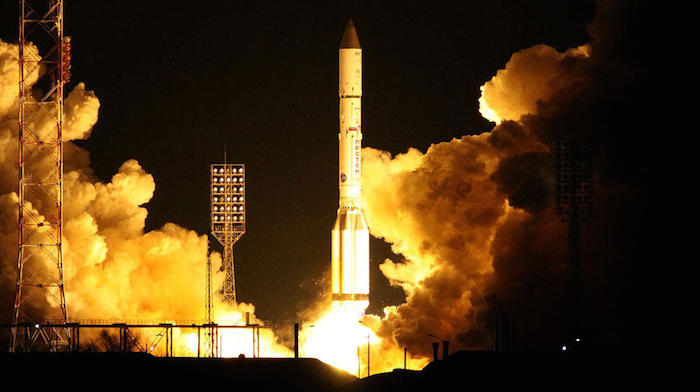
SES satellite to be deployed into 28.2/28.5 degrees East orbital arc BAIKONUR/ LUXEMBOURG, December 28, 2014 – SES S.A. (NYSE Euronext Paris and Luxembourg Stock Exchange: SESG) announces that the ASTRA 2G satellite roared into space on board an ILS Proton Breeze M booster last night at 03:37:49 Baikonur time (22:37:49 CET and 16:37:49 EST on December 27). After a 9-hour, 12-minute mission, the Breeze M upper stage of the Proton rocket successfully released the ASTRA 2G satellite into geostationary transfer orbit. ASTRA 2G will be deployed at the 28.2/28.5 degrees orbital arc. The satellite was built for SES by Airbus Defence and Space. Based on the highly reliable Eurostar E3000 platform, the spacecraft carries 62 Ku-band transponders, as well as 4 Ka-band transponders. It will enable the delivery of next generation broadcast and broadband services in Europe, the Middle East and Africa. ASTRA 2G, which had a launch mass of 6 tons, will feature a wingspan of 40 meters once its solar arrays are deployed in orbit, generating 13 kW of spacecraft power at the end of its 15-year design lifetime. Martin Halliwell, Chief Technology Officer of SES stated, “We would like to congratulate Airbus Defence and Space and ILS for the successful ASTRA 2G mission, a launch that marks the 24th SES satellite to be launched by ILS Proton, and the ninth Eurostar satellite in the SES fleet. The ASTRA 2G satellite completes our significant replacement investments at a strategic orbital neighbourhood over Europe and provides 10 incremental transponders for expansion while cementing our unique co-positioning satellite back-up-scheme.” Detailing the programme, Halliwell added, “The spacecraft furthermore includes the capability to connect West Africa to Europe via Ka-band. In combination with ASTRA 2E and ASTRA 2F which were launched in September 2012 and 2013 respectively, ASTRA 2G is the culmination of our fleet renewal programme at the 28.2/28.5 degrees orbital arc. The new state-of-the-art SES satellites provide more focused and higher power to our broadcast customers, while the Ka-band on board supports the delivery of next-generation satellite broadband services as well as intercontinental connectivity between Africa and Europe.” With the launch of ASTRA 2G, SES also supports SATMED, an e-health platform aimed to improve public health in emerging and developing countries, most significantly in isolated areas with poor connectivity. SATMED enables communication between doctors, thus enabling. the transfer and exchange of medical knowledge and supporting tools for medical e-learning and e-teaching. The satellite-based solution is developed by SES and supported by the Luxembourg Government and the Ministry for Cooperation and Humanitarian Action.
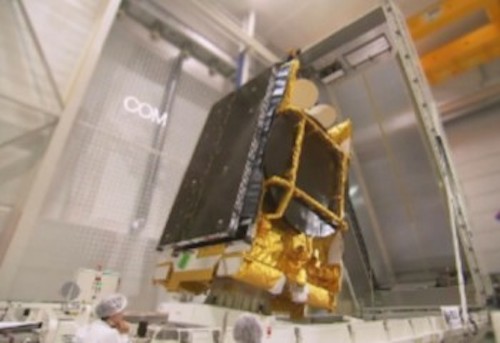
Quelle: SES
.
Update: 29.12.2014
.
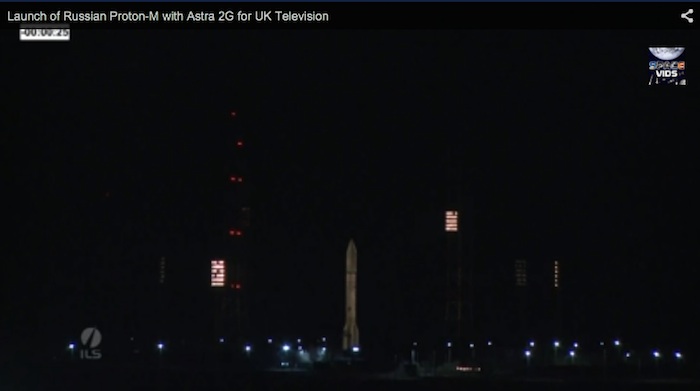
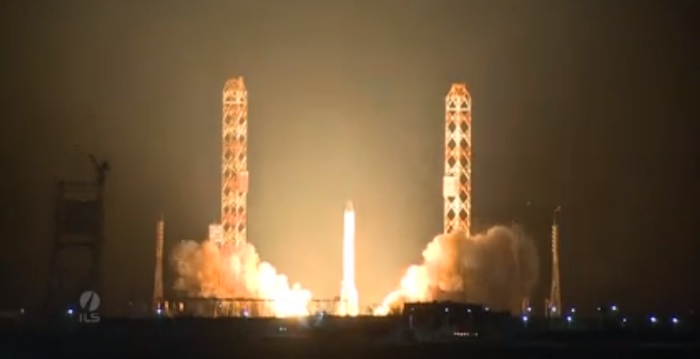
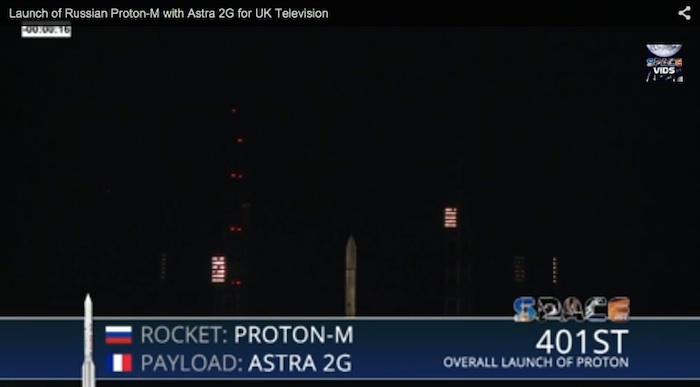

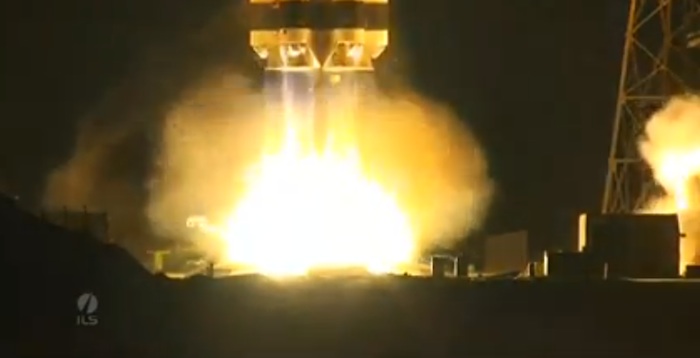
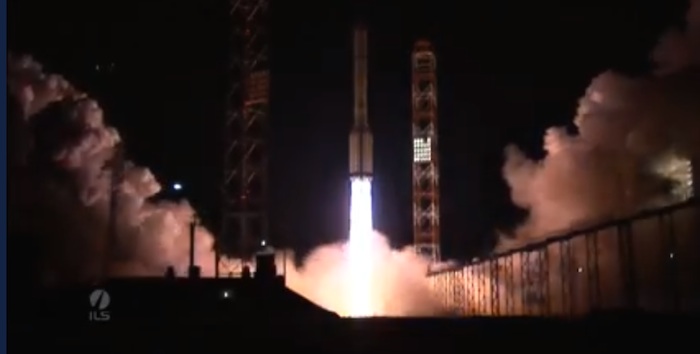
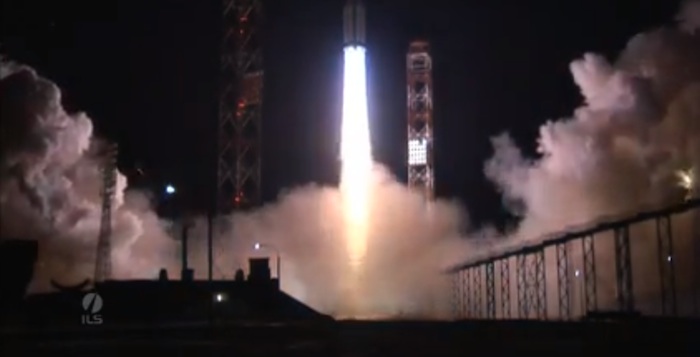
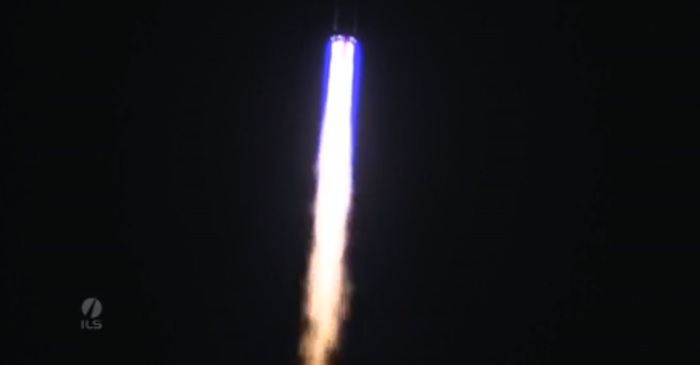
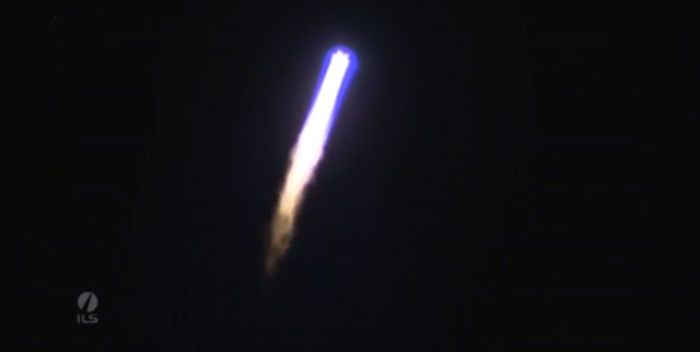
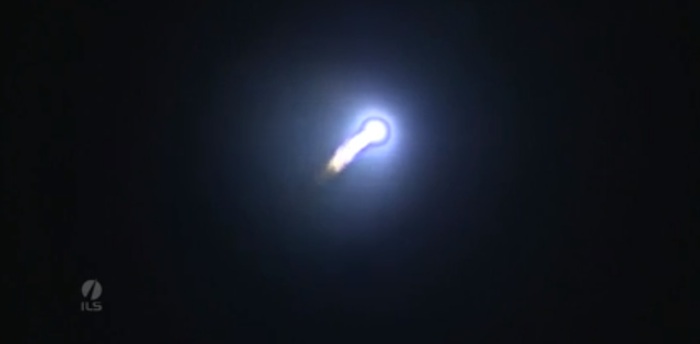
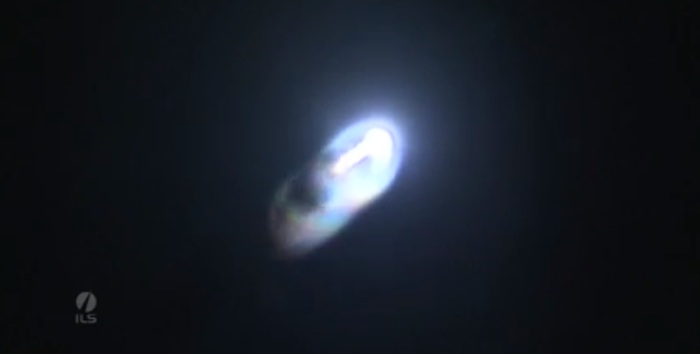

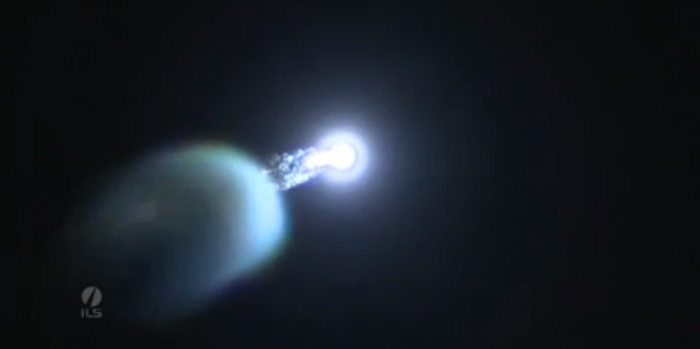
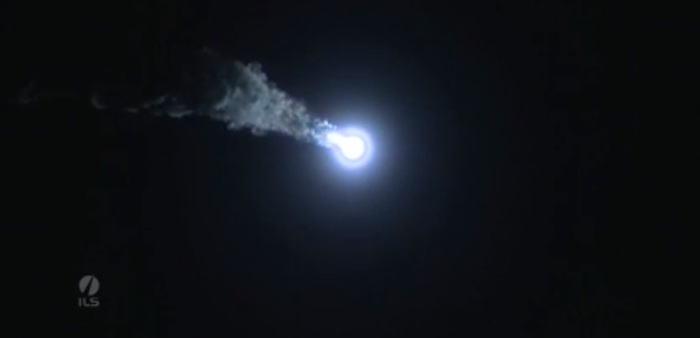
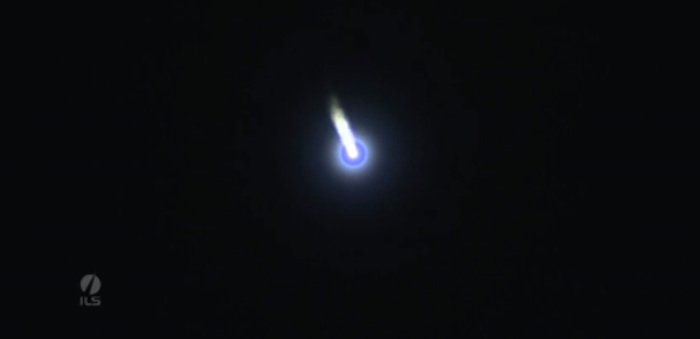
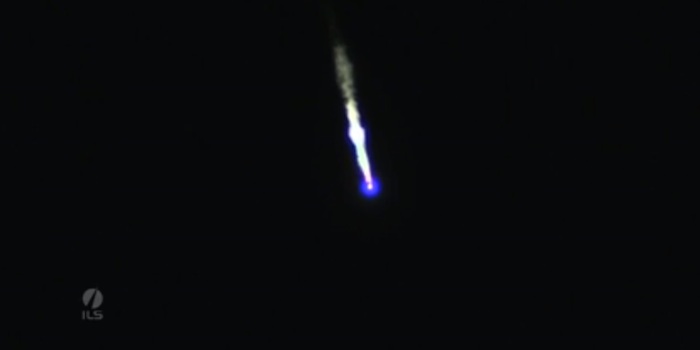

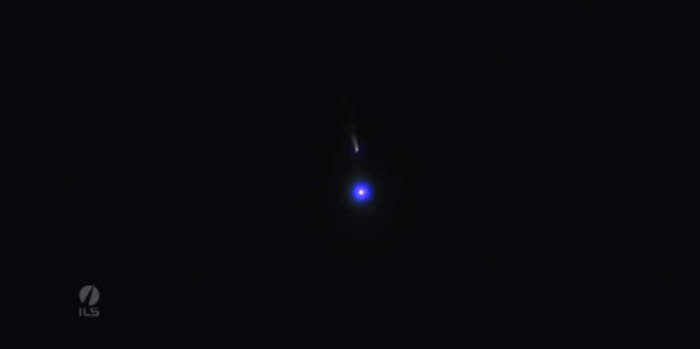

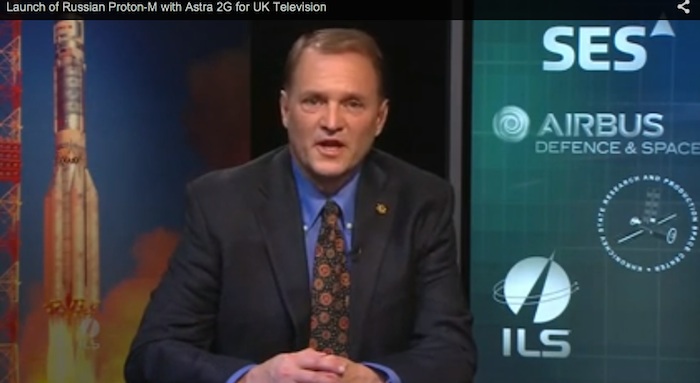
Quelle: ILS
